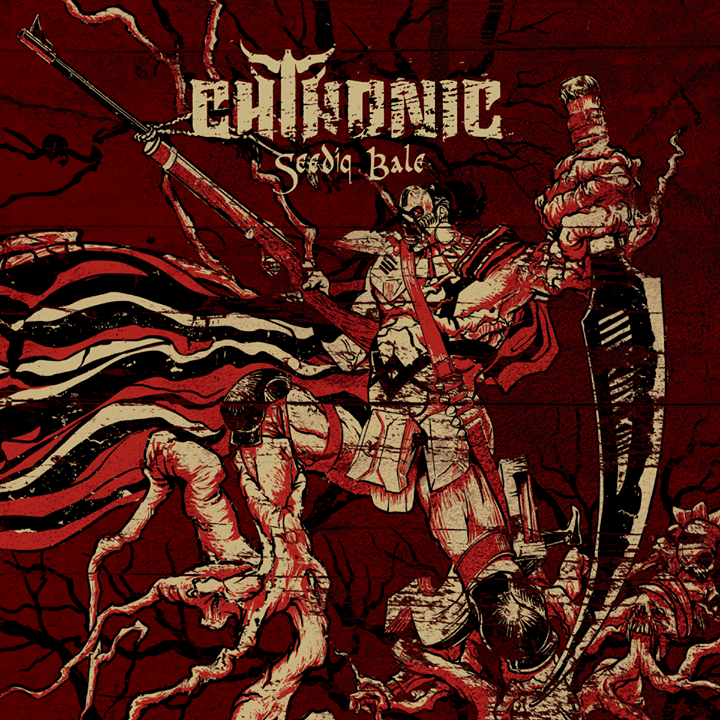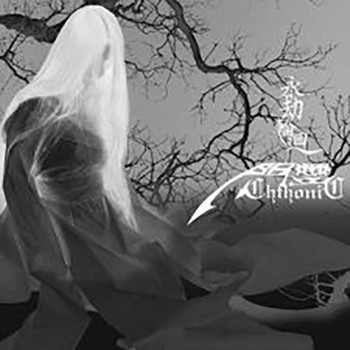
BIO
Metal and Rock music is considered to have a rebellious character and is always critical to the system. Freddy Lim, the lead vocalist of Taiwanese metal band, turned the rebellious spirit into action–he ran and won two consecutive parliamentary elections to try to reform the system.
Taiwan has become a focal point of the world in recent years as it fends off the military threat from authoritarian China and is well-positioned in the high-tech chip supply chain. After Freddy, the lead vocalist of Chthonic, entered the Parliament in 2016, his story has been widely covered by international news outlets, such as CNN, BBC, The Guardian, New York Times, Washington Post, Reuters, the DPA, and ARTE, among many others. Freddy’s story was also told in two documentaries, “Metal Politics Taiwan” by German director Marco Wilm and “Invisible Nation” by American director Vanessa Hope.
Freddy pushed for legislations to make Taiwan’s first country in Asia to have marriage equality and to better protect indigenous rights. He also pushed for passage of budgets to provide humanitarian assistance to Ukraine. He advocated “transitional justice”, demanding that government declassify files from the authoritarian era in the past, so that there may be truth and justice in the society. In 2023, unexpectedly, declassified files revealed the sorrowful and previously unknown past of Freddy’s family.
Combining history and mythology, it was perhaps not merely coincidental that Chthonic’s music told the sorrowful yet brave stories of Freddy’s grandparents. Freddy was deeply shocked when he learned that. Overwhelmed by complicated emotions, he decided to end his 8-year service in the parliament, and announced that he would not seek reelection. He paused to to rethink what life means to him, and where he will go with his music. In May 2025, Freddy Lim was appointed by Taiwan’s president as the ambassador to Finland, embarking on a new chapter where diplomacy and music may once again intertwine.
Before Freddy got into politics in 2016, Chthonic’s albums include Seediq Bale (2007), Mirror of Retribution (2009), Takasago Army (2011), and Bú-Tik (2013) were all released by Spinefarm/Universal Music, with positive feedbacks from music critiques. From Fuji Rock and Summer Sonic in Japan, to Ozzfest in the US, Download in the UK, and WOA in Germany, Chthonic has been to major music festivals around the world, and has had toured hundreds of shows in Europe, North America and Asia. It has also worked with many internationally renowned artists—Lamb of God’s Randy Blythe, Trivium’s Matt Heafy, guitarist Marty Friedman..etc. In Taiwan, several of Chthonic’s albums were on the pop-music charts, and the band has been awarded the “Golden Melody Award”-the Taiwanese version of the Grammy Award.
Chthonic’s lyrics are inspired by Taiwanese mythology, folk stories, and history, and the music incorporates elements of traditional Taiwanese folk music, enka, and sorrowful melody from Taiwanese opera, accompanied by traditional Taiwanese musical instruments. Also integral parts of Chthonic’s music are elements from contemporary symphonic black metal, melodic death metal, blood-boiling riffs and solos. Critiques have tried to label Chthonic’s music as black metal, death metal or folk metal, but Chthonic has opted for simply “metal” for its simplicity and genuineness.
Although Chthonic has stayed low-profiled in recent years, they still released an album Battlefields of Asura. In 2019, Chthonic worked with an orchestra to hold a concert in front of the Presidential Palace; 50,000 people attended. In 2023, Chthonic released a single Pattonkan, and was selected to Grammy’ Global Spin. In 2025, Chthonic is releasing its latest single Endless Aeons. Chthonic continues its journey in the universe of music.










